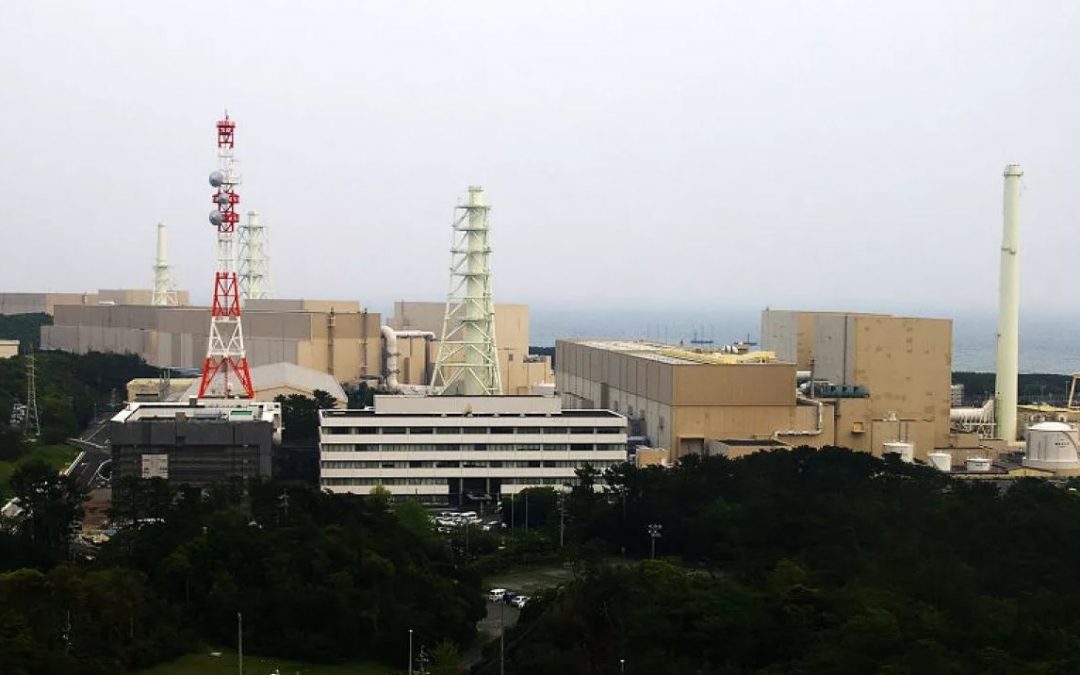Brief
Researchers have found that the concrete walls in a decommissioned power plant in Japan have not only kept their strength over the decades but have actually gotten stronger with use, thanks to a rare mineral also found in ancient Roman concrete.
Insight
n a list of walls that you’d want to stay strong, those in a nuclear reactor would be near the top. Now, researchers have found that the walls in a decommissioned power plant in Japan have not only kept their strength but have actually gotten stronger with use, thanks to a rare mineral also found in ancient Roman concrete.
We tend to think of our modern materials as superior to the primitive ones of old, but that’s not always the case. A concrete structure made from regular Portland cement, standing in seawater, will need repairs and may succumb to the elements within a few decades. Yet there are marine barriers in Italy still standing strong after more than 2,000 years.
Recent studies uncovered the mechanism behind that feat. The original mixture contains volcanic ash, and when salt water gets inside it dissolves that ash, creating a mineral called aluminous tobermorite. These crystals actually make the concrete stronger than it was when it was first made.
It may sound like aluminous tobermorite would be a perfect addition to cement to make it stronger, but it’s not that easy. Making the crystals in the lab requires temperatures of over 70 °C (158 °F), which can weaken the concrete itself.
READ MORE






Recent Comments